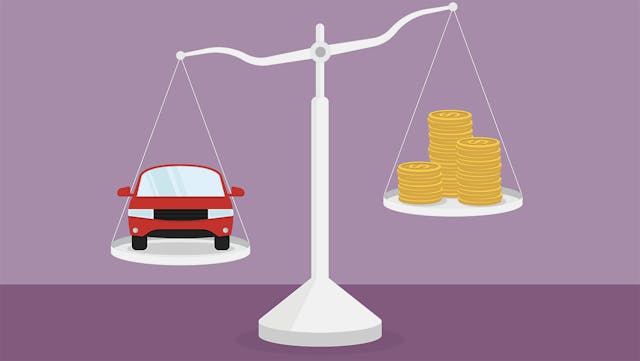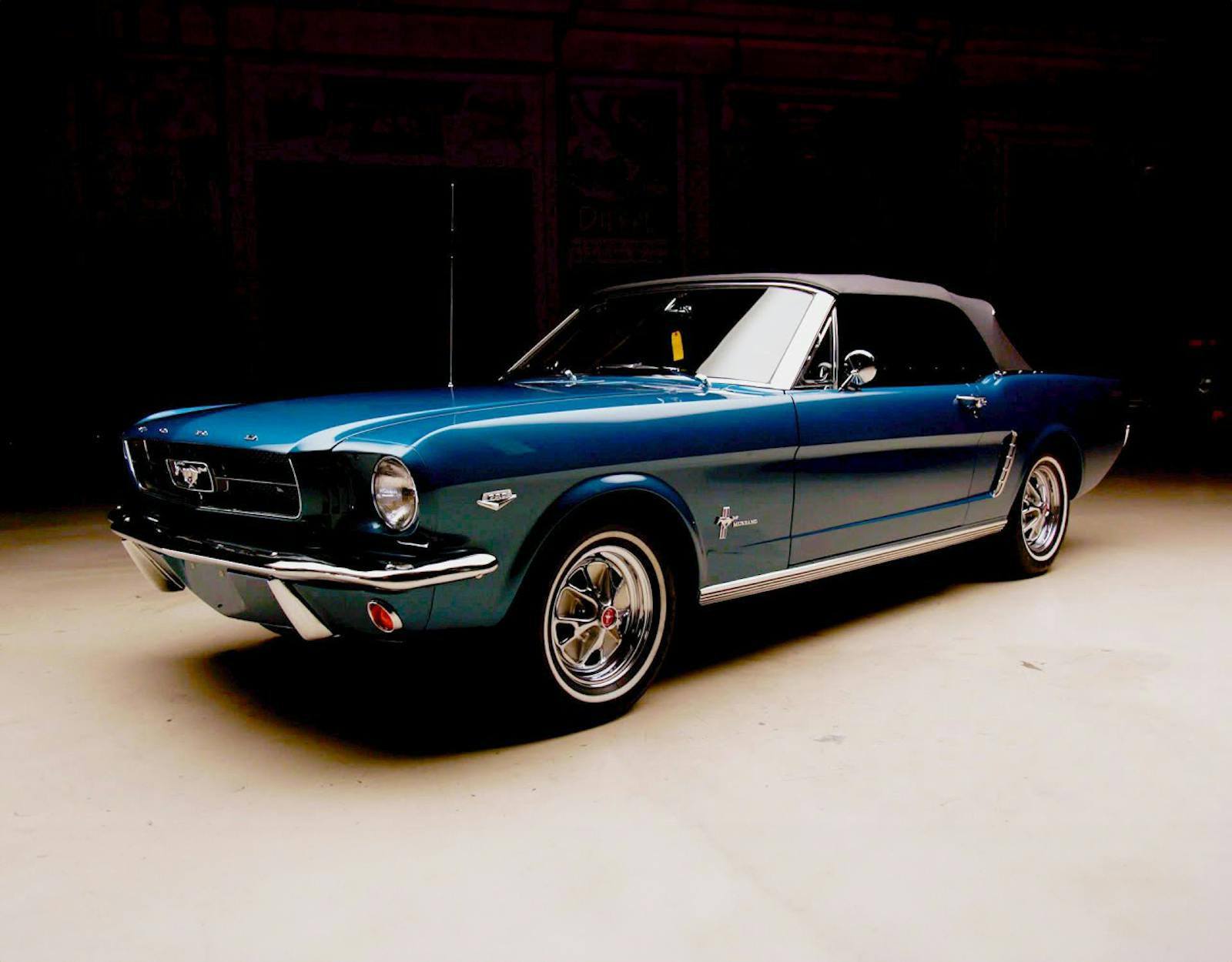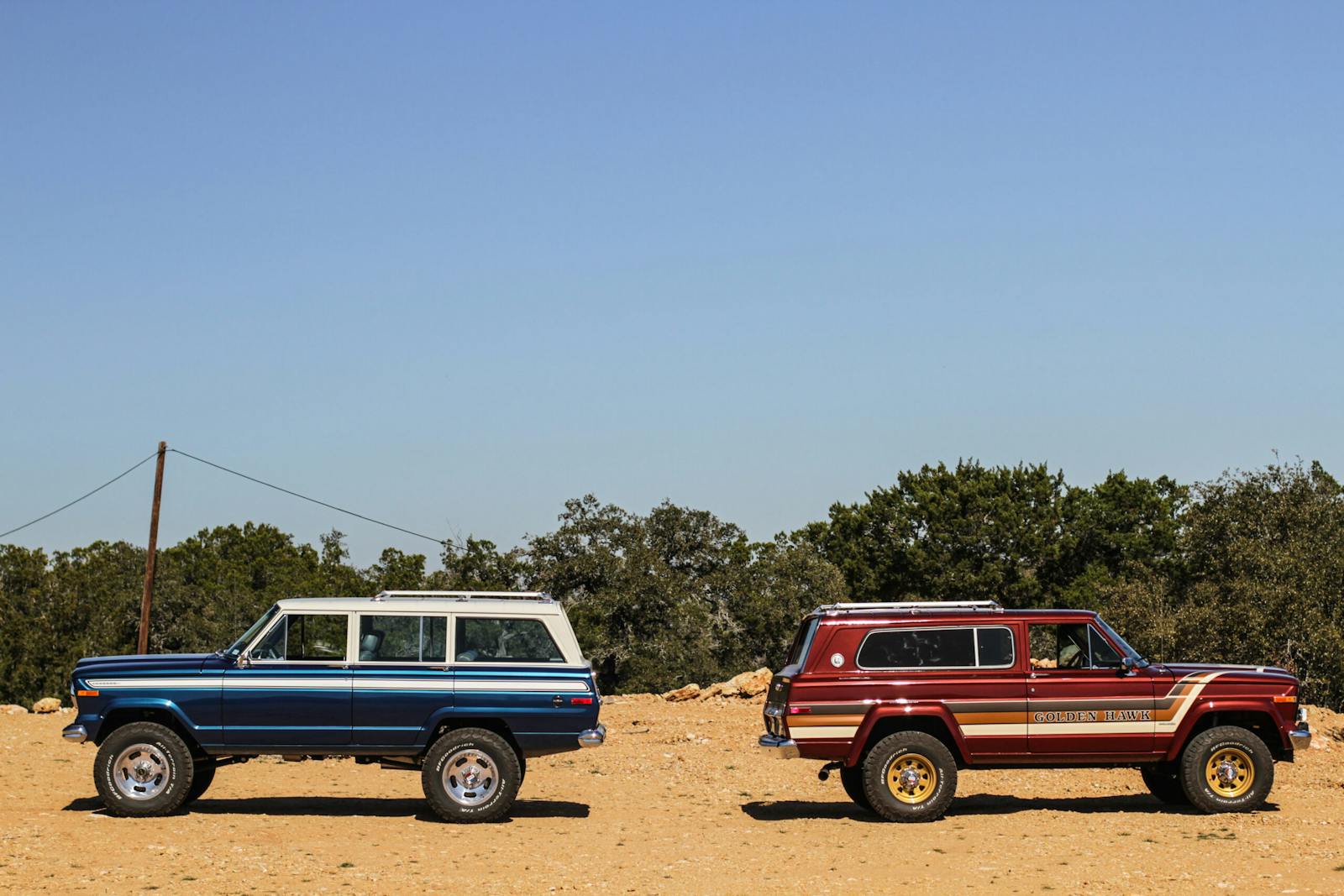What economic factors are weighing most heavily on car collectors?
If we’ve learned anything in the past few years, it’s that everything in our modern economy interconnects, but also that those connections are extremely complex. Whether it’s a virus in central China, a Russian tank column in Eastern Ukraine, or backlog at a California shipping port, chances are businesses and people everywhere will be impacted, but the nature of those impacts can be very difficult to predict.
We certainly don’t claim to have a crystal ball, but we have constructed a computer model that helps us understand how the economy affects the classic car market—and potentially predict it. We’ll explain how it works here and then look at what it’s telling us now.
Just as the economy’s many parts move in different directions, the collector car market also has many segments moving in different directions. So, in attempting to dissect how our corner of the world is impacted by the current economic news, it pays to look more closely at those constituent parts. Typically, the collector car market responds to the following economic factors:
- The stock market
- The price of oil
- Residential real estate
- Unemployment
- Auto loans
However, with all the recent changes in the world, we also decided to investigate (and add to our model) other factors such as inflation, commercial real estate prices, the 10-Year 2-Year U.S. Treasury spread, mortgage rates, Fed Funds, a currency basket, and the cryptocurrency Bitcoin.
We also break the collector car market into segments. Someone who buys a $20 million McLaren is in all likelihood motivated by different economic factors than one who picks up a $64,575 Camaro on Bring a Trailer. (For a deeper breakdown of what factors most impact various segments of the market, see this article from 2020.)
For the purposes of this article, we’ll look closely at a particular aspect of the market: bidder confidence at online auctions. We measure that by tracking what percentage of vehicles get bid above their concours-condition value in the Hagerty Price Guide. Here’s how that maps out over the last 2+ years:
No surprise, bidder confidence generally tracks with the overall economic mood. But what factors in particular had the most impact and thereby might be the best predictors going forward? That’s where the modeling and analytical tools come in. We start by inputting all the aforementioned economic data into the model and having it “predict” a period in the past. Then, one at a time, we remove certain factors. Does our prediction of bidder confidence in July 2021 get better if we remove housing price data? How about employment stats? Once we think we have an accurate grouping of factors, we then make another “prediction” on a different period in the past. Does that accuracy carry over into the second testing period? If it does, the accurate factors from the training period are likely to be more reliable. Then, last but not least, we interpret the output—does it seem plausible?
The factors that have best predicted post-pandemic bidder confidence are the Consumer Price Index (CPI), the price of oil, and the stock market (here represented by the S&P 500). Factors that have less explanatory power in decreasing importance are factors such as auto loan rates, mortgage rates, and cryptocurrencies.
Knowing which factors have most impacted online bidders’ confidence helps us predict how they’ll react to economic changes down the road. It also gives us a sense of who is—and isn’t—participating in these auctions. We’ve heard anecdotes of crypto rich pouring money into collector cars. Those anecdotes might be true, but the data tell us that they’re not representative of the whole scene. In fact, the behaviors of online bidders seem to map more closely with middle- and upper-middle-class consumers.
That calculus changes if we look at a different part of the market. The upcoming Monterey Car Week auctions, for instance, have a much higher price point than online auctions. (The average sale price of the online auction transaction set used here was $49,998, versus $429,549 for Monterey auctions from last year). We can run our same process of testing of economic factors by pointing our model at vehicles valued at greater than $100,000. Here, bidder confidence has been influenced more by Gross Domestic Product (GDP) and less by unemployment, but the CPI remains very influential.
Does this model tell us what the results will be at Monterey 2022? It has some guesses—and we’ll be sharing it soon—but to be honest, that’s not really the point. The model is most helpful at helping us better think through how the myriad pieces of the economy and collector car market interact. As Car Week nears we’ll be keeping a close eye on inflation and the price of oil, but also to what extent the Fed’s rate cuts cool GDP. Additionally, Monterey’s results will offer fresh points for analysis, enabling us to further refine our model.
Inflation has not been on the collector car market’s (or the public’s) radar at all in recent memory, but it’s clear that while it is merely one metric among many, both segments we’ve analyzed are now paying close attention to the CPI.
***
Check out the Hagerty Media homepage so you don’t miss a single story, or better yet, bookmark it. To get our best stories delivered right to your inbox, subscribe to our newsletters.


